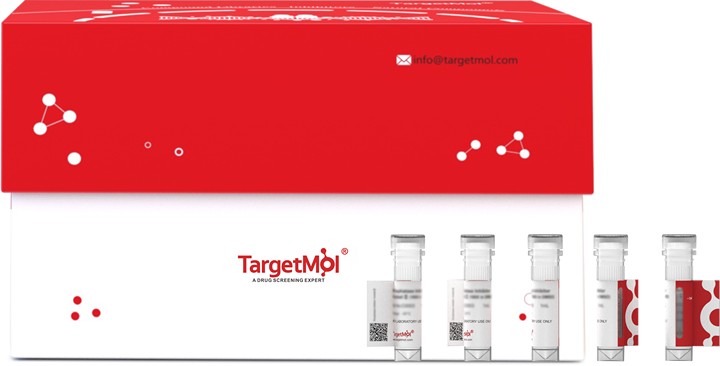Shopping Cart
- Remove All
 Your shopping cart is currently empty
Your shopping cart is currently empty

Serine hydrolase whose substrates have not been identified yet. May negatively regulate basal or autocrine TGF-beta signaling by suppressing SMAD2-SMAD3 phosphorylation. May play a role in the transformation process due to its capacity to confer resistance to the growth-inhibitory effects of TGF-beta through interaction with RB1 and the subsequent displacement of E2F1. RBBP9 Protein, Mouse, Recombinant (His) is expressed in yeast with C-6xHis tag. The predicted molecular weight is 22.4 kDa and the accession number is O88851.

| Pack Size | Price | Availability | Quantity |
|---|---|---|---|
| 20 μg | $284 | 20 days | |
| 100 μg | $589 | 20 days | |
| 500 μg | $1,620 | 20 days |
| Biological Activity | Activity has not been tested. It is theoretically active, but we cannot guarantee it. If you require protein activity, we recommend choosing the eukaryotic expression version first. |
| Description | Serine hydrolase whose substrates have not been identified yet. May negatively regulate basal or autocrine TGF-beta signaling by suppressing SMAD2-SMAD3 phosphorylation. May play a role in the transformation process due to its capacity to confer resistance to the growth-inhibitory effects of TGF-beta through interaction with RB1 and the subsequent displacement of E2F1. RBBP9 Protein, Mouse, Recombinant (His) is expressed in yeast with C-6xHis tag. The predicted molecular weight is 22.4 kDa and the accession number is O88851. |
| Species | Mouse |
| Expression System | P. pastoris (Yeast) |
| Tag | C-6xHis |
| Accession Number | O88851 |
| Synonyms | Retinoblastoma-binding protein 9,Rbbp9,Putative hydrolase RBBP9,B5T-overexpressed gene protein |
| Amino Acid | MASPNKAVIVPGNGGGDVATHGWYGWVKKGLEQIPGFQCLAKNMPDPITARESIWLPFMETELHCDEKTIIIGHSSGAIAAMRYAETHQVYALVLVSAYTSDLGDENERASGYFSRPWQWEKIKANCPHIVQFGSTDDPFLPWKEQQEVADRLDAKLYKFTDRGHFQNTEFHELISVVKSMLKGPE |
| Construction | 1-186 aa |
| Protein Purity | > 90% as determined by SDS-PAGE. |
| Molecular Weight | 22.4 kDa (predicted) |
| Endotoxin | < 1.0 EU/μg of the protein as determined by the LAL method. |
| Formulation | If the delivery form is liquid, the default storage buffer is Tris/PBS-based buffer, 5%-50% glycerol. If the delivery form is lyophilized powder, the buffer before lyophilization is Tris/PBS-based buffer, 6% Trehalose, pH 8.0. |
| Reconstitution | Reconstitute the lyophilized protein in sterile deionized water. The product concentration should not be less than 100 μg/mL. Before opening, centrifuge the tube to collect powder at the bottom. After adding the reconstitution buffer, avoid vortexing or pipetting for mixing. |
| Stability & Storage | Lyophilized powders can be stably stored for over 12 months, while liquid products can be stored for 6-12 months at -80°C. For reconstituted protein solutions, the solution can be stored at -20°C to -80°C for at least 3 months. Please avoid multiple freeze-thaw cycles and store products in aliquots. |
| Shipping | In general, Lyophilized powders are shipping with blue ice. Solutions are shipping with dry ice. |
| Research Background | Serine hydrolase whose substrates have not been identified yet. May negatively regulate basal or autocrine TGF-beta signaling by suppressing SMAD2-SMAD3 phosphorylation. May play a role in the transformation process due to its capacity to confer resistance to the growth-inhibitory effects of TGF-beta through interaction with RB1 and the subsequent displacement of E2F1. |

Copyright © 2015-2025 TargetMol Chemicals Inc. All Rights Reserved.